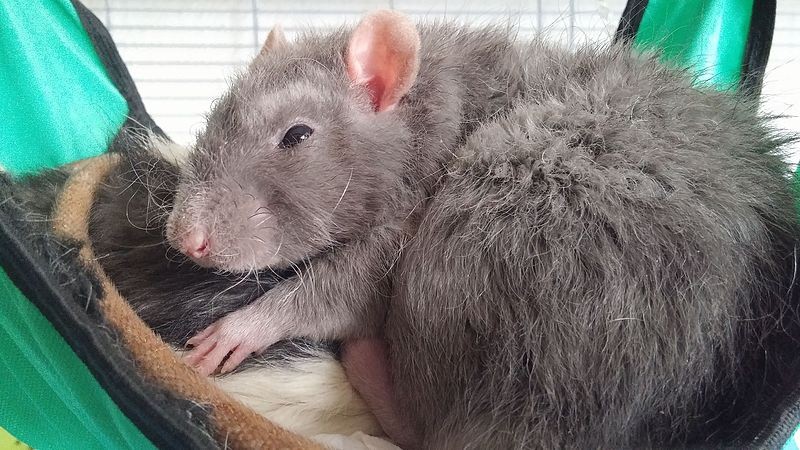Rat infestation was reported at a Taco Cabana kitchen in San Antonio, Texas.
Details of the incident came after a viral video on TikTok went viral this week, which highlights the health and sanitary risks of rodent infestation in one of the most crucial parts of a commercial establishment.
Viral Video

The TikTok video was uploaded by TikTok user "ritalongg" with a caption saying that rats have overrun the San Antonio Taco Cabana branch, urging consumers not to eat there.
@ritalongg Rats in San Antonio tx taco cabana on bandera on 410 don’t ever eat there #fyp #ratatouille #tacocabana #gross ♬ original sound - Rita
In the footage, it can be seen that mice were running all over the floor with some on the kitchenware of the American restaurant.
The viral video drew around 6,500 likes, 650 comments, and over 7,000 shares on the post itself, which also circulated across other social media networks.
Taco Cabana reportedly confirmed the pest activity and measures to address the problem are underway.
Rat-Borne Diseases
The Centers for Disease Control and Prevention (CDC) indicates that rat infestation pose not only direct threats in matters relating sanitary issues but also to public health.
In its wide-range list of infections, the CDC outlines the following life-threatening diseases directly transmitted by rodents:
- Hantavirus Pulmonary Syndrome (HPS)
- Hemorrhagic fever with renal syndrome
- Lassa fever
- Leptospirosis
- Lymphocytic Chorio-meningitis (LCM)
- Omsk Hemorrhagic Fever (OHF)
- Plague
- Rat-bite fever (RBF)
- Salmonellosis
- South American arenaviruses
- Tularemia
In general, rat-borne diseases are transmitted either from a direct rat bite wounds or rat body fluids like saliva or urine.
Other means of transmission can be from contaminated food or drink, which usually occurs during severe cases of rodent infestation.
Furthermore, the CDC said that even breathing dust with contaminated rodent droppings or urine could spread the diseases, which could also be passed between person to person through direct contact.
Related US Case
In the United States, rat infestation has become a growing concern for public health in recent years.
In Washington, DC, an investigation spearheaded by The Washington Post suggested that a number of the city's neighborhoods had a 400% increase in rodent complaints between 2014 and 2017.
This figure also increased by 40% between 2018 and 2020.
In May 2022, the rat issue in DC prompted calls for investigation by the neighborhood group called DuPont East Civic Action Association.
The request was made through a letter sent to local authorities, including the District's Mayor, council members, and other city agency leaders.
Urban Rat Infestation
Rat infestation exists in both urban and rural areas worldwide, with the most prevalence in a metropolitan setting, according to previous studies and reports.
In a paper published in the journal PLOS in March 2021, scientists placed emphasis on domestic rats as the main cause of urban leptospirosis as part of a study of neglected tropical diseases.
The researchers claimed that only a small number of studies have identified infestation markers in slum areas.
The study used a case control design to determine rodent infestation in household with leptospirosis in Salvador, Brazil, between the years 2007 and 2009.
© 2025 NatureWorldNews.com All rights reserved. Do not reproduce without permission.





